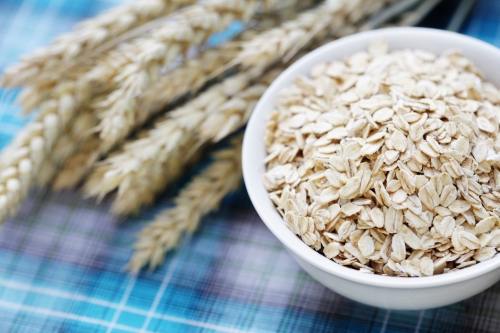Relying too much on a health benefit to differentiate a new food or beverage is the most common reason for failure in functional foods and beverages, according to a report entitled Failures in Functional Foods & Beverages from New Nutrition Business.
Three of the 12 reasons for failure illustrated by the 22 case studies in the report include:
- Overestimating the potential market,
- Targeting the mass market too early, instead of starting in a niche and growing from there, and
- A perceived mismatch between the product and the benefit (such as fish oil in yogurt).
It also identifies 10 golden rules for success, such as initially targeting a brand at a clearly defined group of consumers, and the importance of a focused benefit message that is easy for people to understand.
By catering to consumers and being patient in growing the business, Julian Mellentin, director, says F&B manufacturers can eventually enjoy the fruits of their labor.
Food News International finds out more.
FNI: What do F&B manufacturers lack when it comes to launching new F&B functional products?
Mellentin: The number one obstacle to success companies make for themselves is to launch a product that is basically a “me-too” to something already existing in the market.
Even with a big marketing budget and sold at a lower price than the existing brands, these me-toos usually have very modest sales and a short life on the market.
Companies often use the health benefit as the main point of difference.
For most consumers this is not enough, and manufacturers need to also offer convenience.
And if they can offer the health benefit in a product that is both convenient and indulgent, as Mondelez has done with its globally successful Belvita brand, food manufacturers will be improving their chances of success.
FNI: When launching a new functional product, F&B manufacturers are often daunted with the pressures from regulatory bodies, consumer acceptance and profitability. How can they strike a balance among these demands while producing a successful product?
Mellentin: Manufacturers should firstly create something that consumers will accept.
The product benefit must be easily understood and the ingredients must be acceptable to the consumer, and ideally “as natural as possible”.
The product will be profitable if there is a focus on connecting to consumers.
While manufacturers must always comply with regulations, getting a health claim is not always as important as is claimed.
If the benefit a manufacturer is offering is, for example, heart health, he/she could choose ingredients that already have a connection to heart health in the mind of the consumer.
The consumer who is informed and interested in the health benefit will make the connection, which would not require manufacturers to make a strong claim.
FNI: Where do most new functional food products experience the most failure?
Mellentin: The rate of failure is very higher everywhere, at more than 80%.
FNI: How can F&B manufacturers of unsuccessful product launches pick themselves up again in the market?
Mellentin: Read our latest report and apply the Golden Rules of Success that many companies have learned, slowly and painfully, over the last 10 years.
This will help you not to make a mistake the second time round.
Above all, start with small ambitions.
Aim only for a specific group of consumers, a niche even, make your brand work for them, learn what they do and do not like about your product.
Refine your product and slowly, patiently grow from there.
Marketing food and beverages is like being a gardener – you must be patient and think many years ahead. If your “tree” does not produce fruit in year one, do not be surprised.
Help the “tree” to grow so it produces more and better fruit in the next three years.











